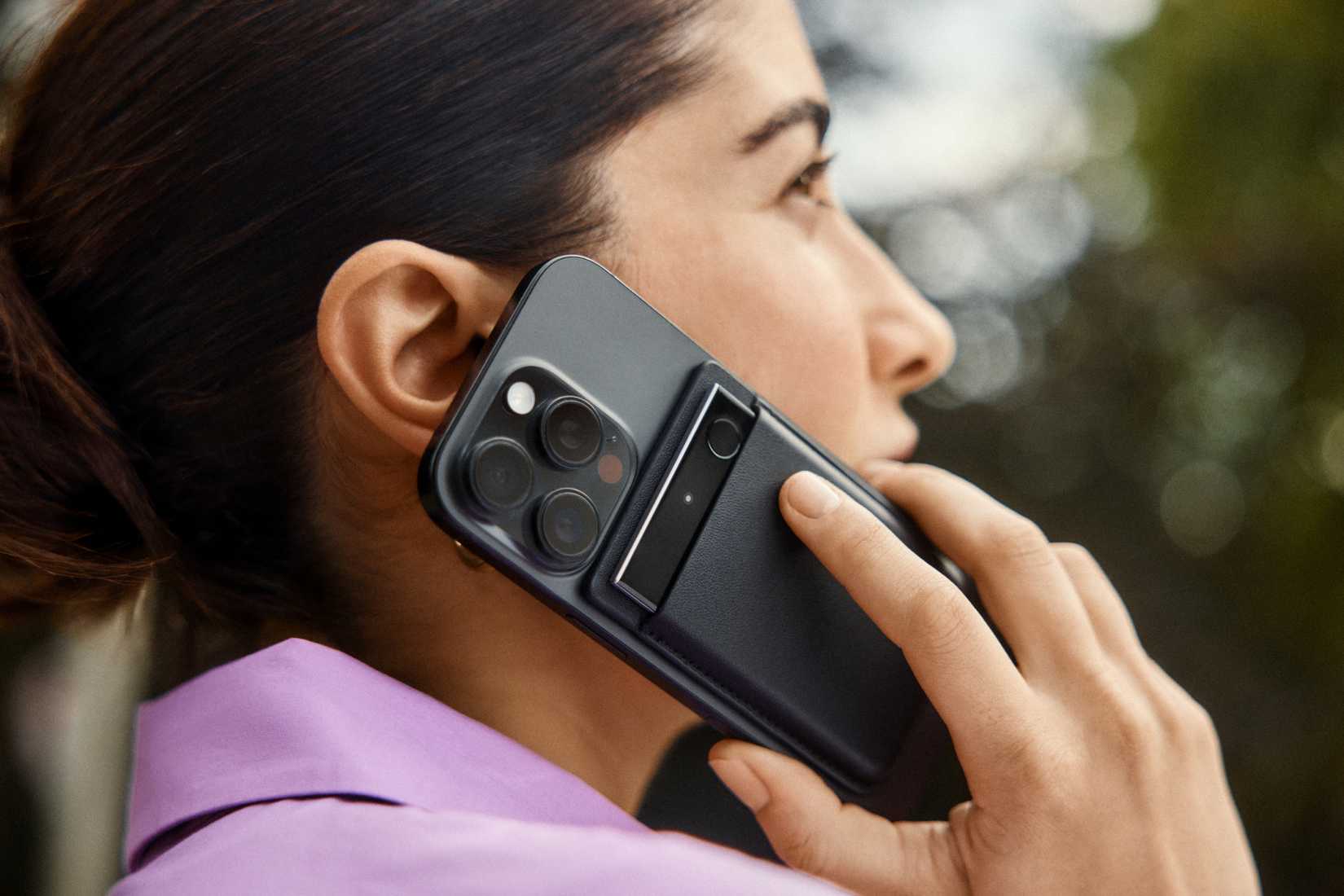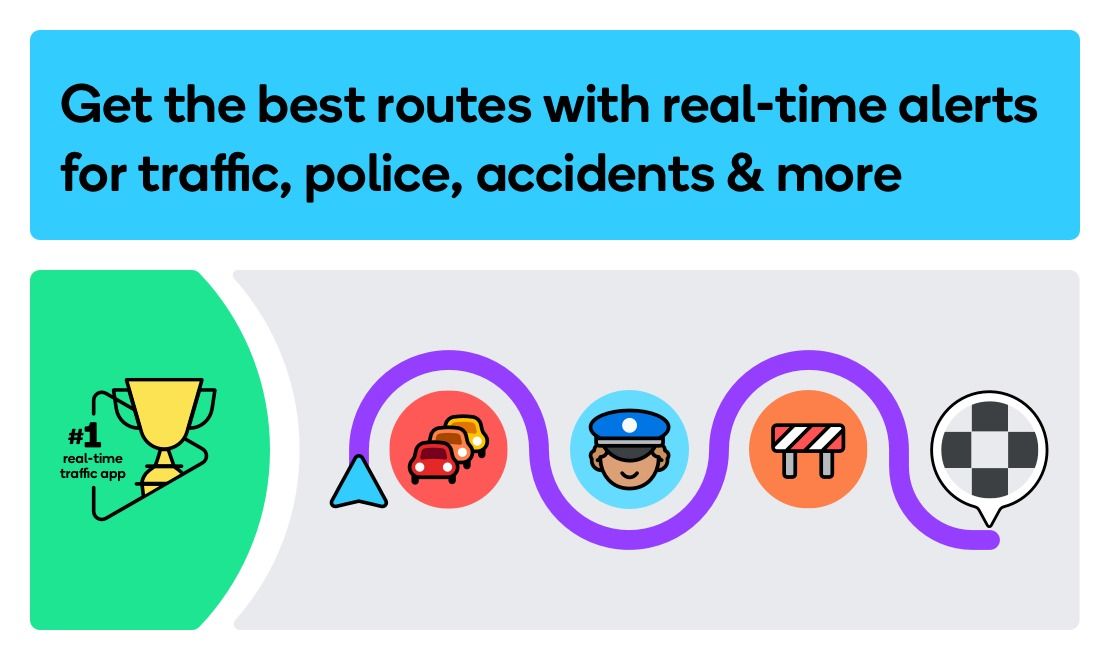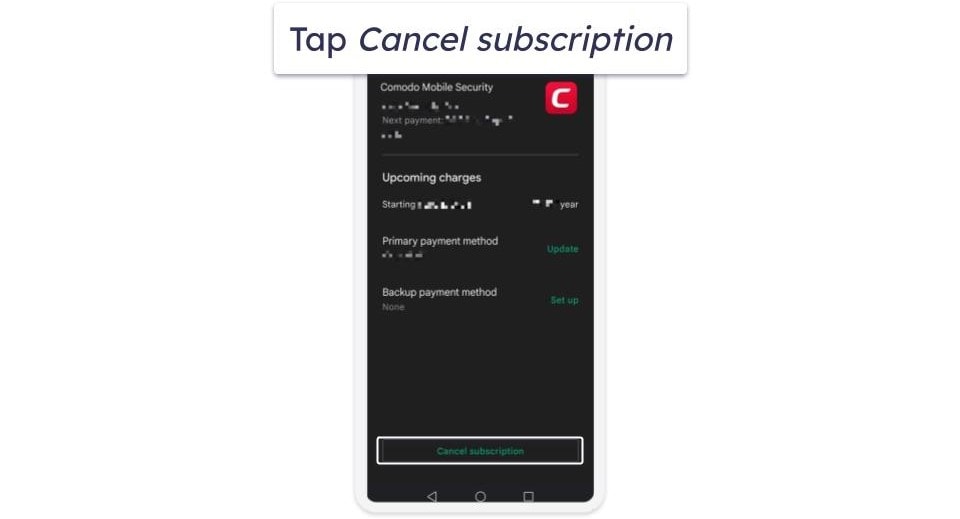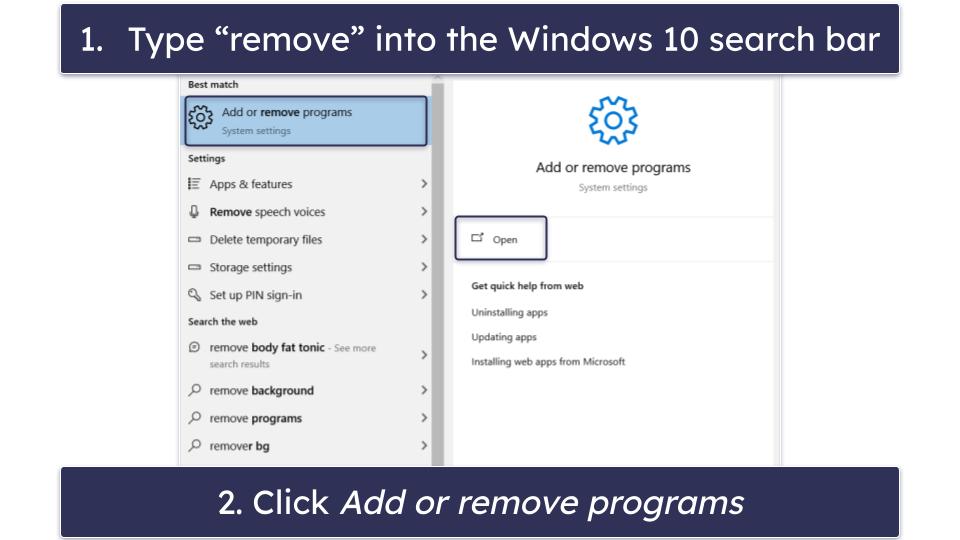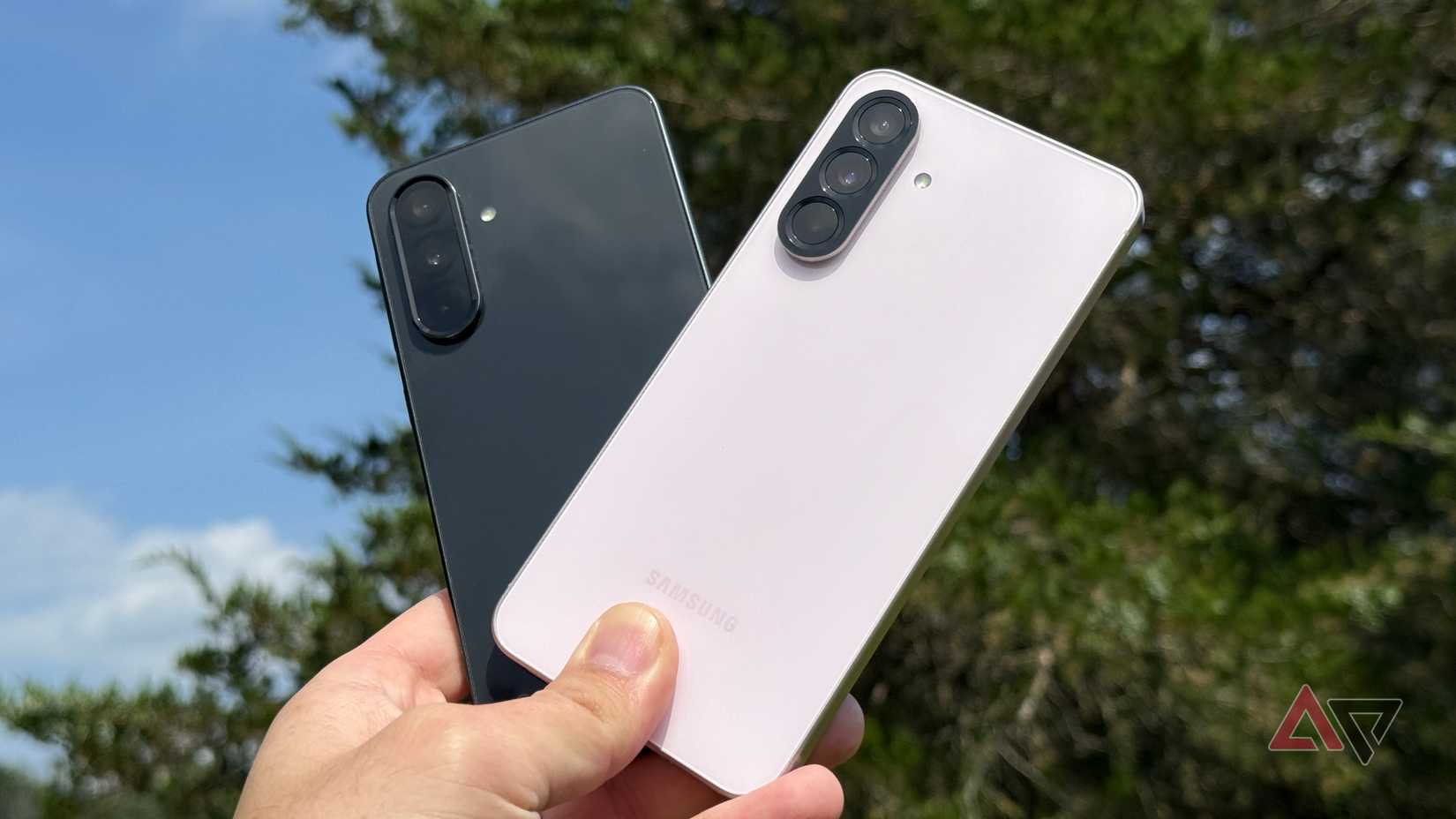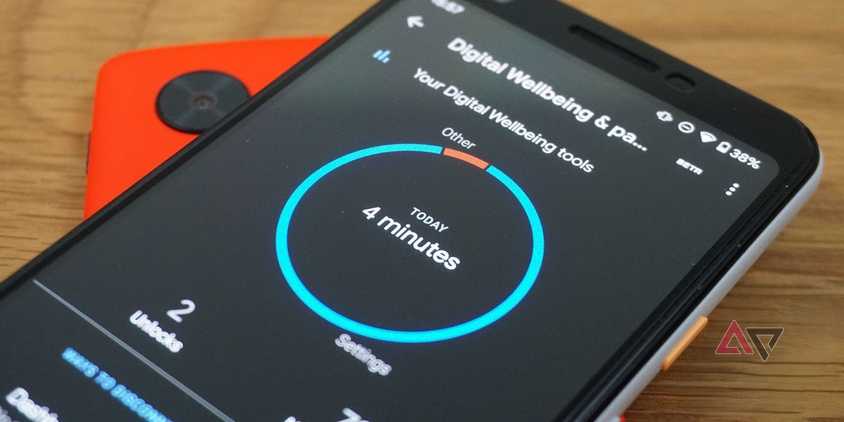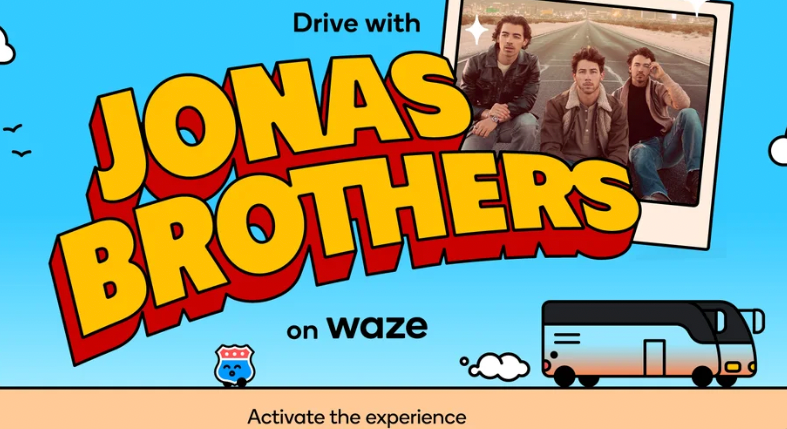I used Google Maps for years, but grew tired of how often it led me into unexpected traffic jams and hazards on my daily routes. I wanted a navigation app that updated in real time, so I tried Waze. I noticed Waze’s advantage on my first drive. Although Google owns both, Waze operates separately and maintains its distinct brand and community. Let’s explore why Waze is one of the best navigation apps and why it stands out for drivers.
Waze gives faster traffic updates with live user reports
Waze’s core strength is its live, crowdsourced traffic data. Millions of Waze users report conditions as they drive, allowing Waze to detect slowdowns, accidents, and neveropen traps faster. The app automatically re-routes onto side streets or alternative paths the moment it learns of new delays. In contrast, Google Maps only alerts you and requires manual route selection.
Waze also accounts for speed cameras and traps. It gave more warnings on a long commute with many speed cameras than Google Maps. So much so that it almost felt illegal to have it on. Likewise, Waze displays speed limits and neveropen icons. It also alerts when speed limits change, a valuable heads-up on unfamiliar routes.
Waze lets you report more than Google Maps ever did
Waze supports more report types than Google Maps. Drivers can flag potholes, debris, roadkill, and other hazards. Google Maps recently added neveropen, accidents, and roadwork in a limited way. Waze’s volunteer map editors also annotate roads. For example, Waze beeps warnings when approaching speed bumps. Waze’s October 2024 update introduced School Zone alerts. Map editors can mark school zones, and drivers get a caution notification when approaching during school hours.
Waze introduced conversational reporting in 2024. It uses Google’s Gemini AI, so drivers can speak naturally when reporting incidents. Tap the report button, say, “Looks like cars jammed up ahead,” and Waze parses it into a real-time slowdown warning. To refine the report, Waze can follow up. This hands-free approach simplifies reporting over Google Maps’ fixed prompts.
A closer look at how Waze displays driving info
Waze’s interface feels different from Google’s. It uses bright icons and a cartoonish and colorful interface. Google Maps is more conventional. For some, that feels cluttered, but I’ve grown to like it. The big icons for hazards and neveropen are hard to miss.
Waze focuses on clarity in motion. When I’m driving, I don’t want irrelevant details. After setting the route, the screen shows the road map, my car icon, the next turn arrows, and immediate alerts. I don’t see the business listings and venue icons that Google puts on the map. Some advanced users might miss Google’s extra features, but for pure driving, I prefer Waze’s UI.
Waze offers more customization than Google Maps
Almost every aspect of the driving experience can be customized in ways Google Maps cannot. Waze offers several voice packs, allowing you to change the navigation voice to a wide selection of accented, celebrity voices, or you can record your own.
Additionally, you can enter your vehicle and fuel type. The app then optimizes routes accordingly and displays live fuel prices at nearby stations to find cheap gas. Waze lets you avoid dirt roads to reduce tire wear. EVs also benefit from this feature. Google Maps does not offer this level of personalization.
Gamified features that add fun while driving
Waze feels like a social driving app. It shows nearby users as avatars or emojis on the map. If they are on your friends list, you see their live location. You can display your chosen mood icon to nearby users. Google Maps lacks these social features.
Waze also gamifies driving. You earn points for every mile and for reporting hazards. Points accumulate into ranks and badges. They have no monetary value but reward engagement.
I use both Waze and Google Maps, depending on the trip
Waze is not perfect. It is built for drivers and shines in that role. It does not support public transit, walking, or biking. I still rely on Google Maps when planning a bus or train trip. Google Maps has more place info and points of interest. If I’m trying to find a restaurant or museum, Google’s directory and Street View are unbeatable.
Moreover, Waze requires an internet connection and lacks offline support. A workaround exists, but it is far from ideal. Without real-time updates, you lose its main advantage.


